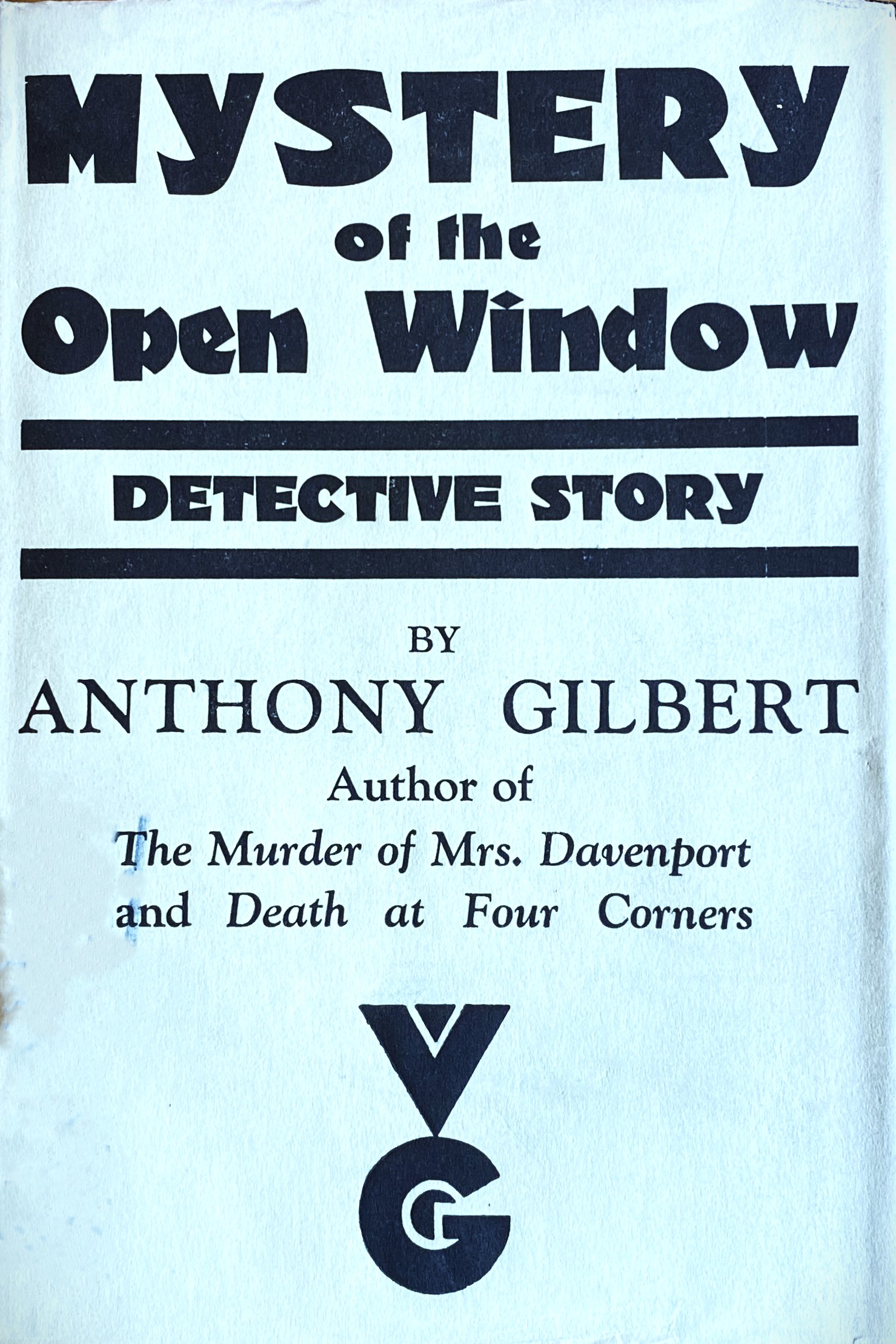
Part of Series
The old Mademoiselle Roget is murdered under mysterious circumstances. In her youth, the woman had been a successful star of the French theater, until an illness ended her beauty. Now, the main suspect for her is her own son. Scott Egerton, a member of the House of Commons, is left in charge of the investigation of the crime; Thanks to his sagacity and his humanist convictions, he manages to impose a different look on the criminal. "My experience," Egerton said, "has shown me that nothing is more difficult than convincing the lay mind that a man is always much more than a criminal, no matter how many crimes he may have committed." ************************************************************************************ La anciana mademoiselle Roget es asesinada en medio de misteriosas circunstancias. En su juventud, la mujer había sido una exitosa estrella del teatro francés, hasta que una enfermedad acabó con su belleza. Ahora, el principal sospechoso es su propio hijo. Scott Egerton, un miembro de la Cámara de los Comunes, queda a cargo de la investigación del crimen; gracias a su sagacidad y a sus convicciones humanistas consigue imponer una mirada distinta sobre el delincuente. "Mi experiencia" -dijo Egerton- "me ha demostrado que nada es más difícil que convencer a la menta lega de que un hombre es siempre mucho más que un criminal, por muchos que sean los delitos que pueda haber cometido".
Author

Anthony Gilbert was the pen name of Lucy Malleson an English crime writer. She also wrote non-genre fiction as Anne Meredith , under which name she also published one crime novel. She also wrote an autobiography under the Meredith name, Three-a-Penny (1940). Her parents wanted her to be a schoolteacher but she was determined to become a writer. Her first mystery novel followed a visit to the theatre when she saw The Cat and the Canary then, Tragedy at Freyne, featuring Scott Egerton who later appeared in 10 novels, was published in 1927. She adopted the pseudonym Anthony Gilbert to publish detective novels which achieved great success and made her a name in British detective literature, although many of her readers had always believed that they were reading a male author. She went on to publish 69 crime novels, 51 of which featured her best known character, Arthur Crook. She also wrote more than 25 radio plays, which were broadcast in Great Britain and overseas. Crook is a vulgar London lawyer totally (and deliberately) unlike the aristocratic detectives who dominated the mystery field when Gilbert introduced him, such as Lord Peter Wimsey. Instead of dispassionately analyzing a case, he usually enters it after seemingly damning evidence has built up against his client, then conducts a no-holds-barred investigation of doubtful ethicality to clear him or her. The first Crook novel, Murder by Experts, was published in 1936 and was immediately popular. The last Crook novel, A Nice Little Killing, was published in 1974. Her thriller The Woman in Red (1941) was broadcast in the United States by CBS and made into a film in 1945 under the title My Name is Julia Ross. She never married, and evidence of her feminism is elegantly expressed in much of her work.

